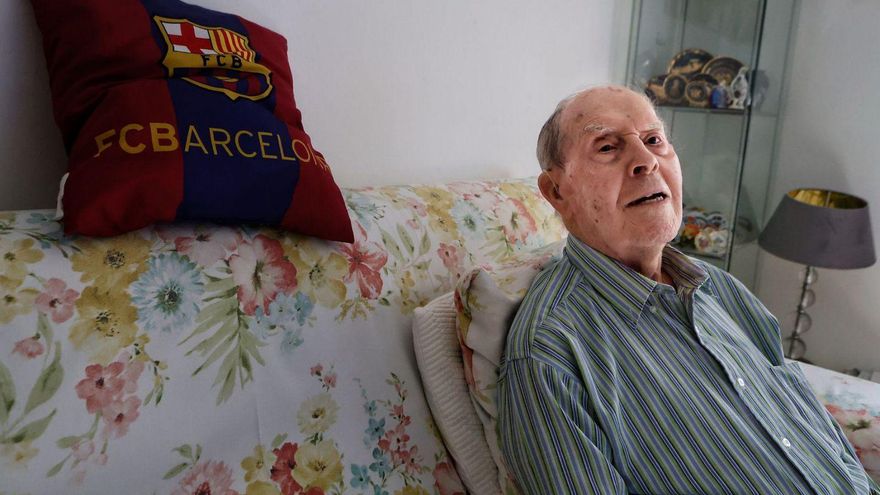Managing Head Lice: The Essential Guide for Parents

Every year, as the school term begins, parents face an old nightmare: head lice. These tiny parasites seem to arrive right on time, causing itching, anxiety, and what feels like an endless battle for many families. However, the fight against them doesn’t have to turn into a never-ending cycle of shampoos and despair. “The key is to understand how they operate, how they spread, and which strategies are truly effective for eradicating them,” explains Dr Francisco Estrella, a specialist in the Dermatology and Venereology department at Quirónsalud Tenerife Hospital and Costa Adeje.
The threat doesn’t end in September. These insects don’t rest and can jump from one head to another with any close contact. While they do not transmit diseases, their presence causes discomfort and alarm. Therefore, dermatologists stress that prevention “begins with simple habits that, when applied consistently, can significantly reduce the risk of contagion,” he emphasises.
Simple Preventive Measures
Experts recommend common practices such as using gels, sprays, or conditioners, which create a film over the hair that makes it difficult for lice to attach. They also highlight the importance of not sharing personal items like combs, hats, or towels, and washing them with hot water or alcohol if they have been used in a risk environment.
For younger children, keeping hair short or tied back is a simple yet effective strategy. If cases are already circulating at school, “it’s wise to use a nit comb two or three times a week, gently running it through damp hair with patience,” advises Dr Estrella. Diluted white vinegar or 3.5% acetic acid can help to loosen stubborn nits.
The Shadow of ‘Super Lice’
While it may seem logical to apply preventive treatment, specialists warn that this is a mistake: not only is it ineffective, but it can also encourage the emergence of dreaded ‘super lice’, which are more resistant to conventional products. “Prevention should be based on observation and hygiene, not on the indiscriminate application of chemical lotions,” the dermatologist emphasises.
Treatment options fall into three categories: chemical, physical, and natural. Permethrin remains one of the most commonly used compounds, although it requires patience – it must remain in the hair for about eight hours to be effective. Additionally, using vinegar and a nit comb before this treatment is advisable. Products that suffocate the parasites, such as petroleum jelly or silicones, are also effective and have proven safety.
Remedies and Repeat Treatments
Natural oils, such as tea tree, coconut, or neem oil, have their followers, but scientific consensus on their effectiveness is still lacking. Regardless of the chosen method, “one rule should never be forgotten: repeat the treatment after seven to ten days to eliminate any new lice,” reminds the dermatologist.
Experts also insist on dispelling common myths: it is not necessary to keep children away from school. With appropriate precautions and regular checks, there is no reason to isolate them. And, most importantly, it is reassuring to note: “Lice neither jump nor fly; their spread depends on direct contact, which makes it easier to limit their expansion,” he highlights.











